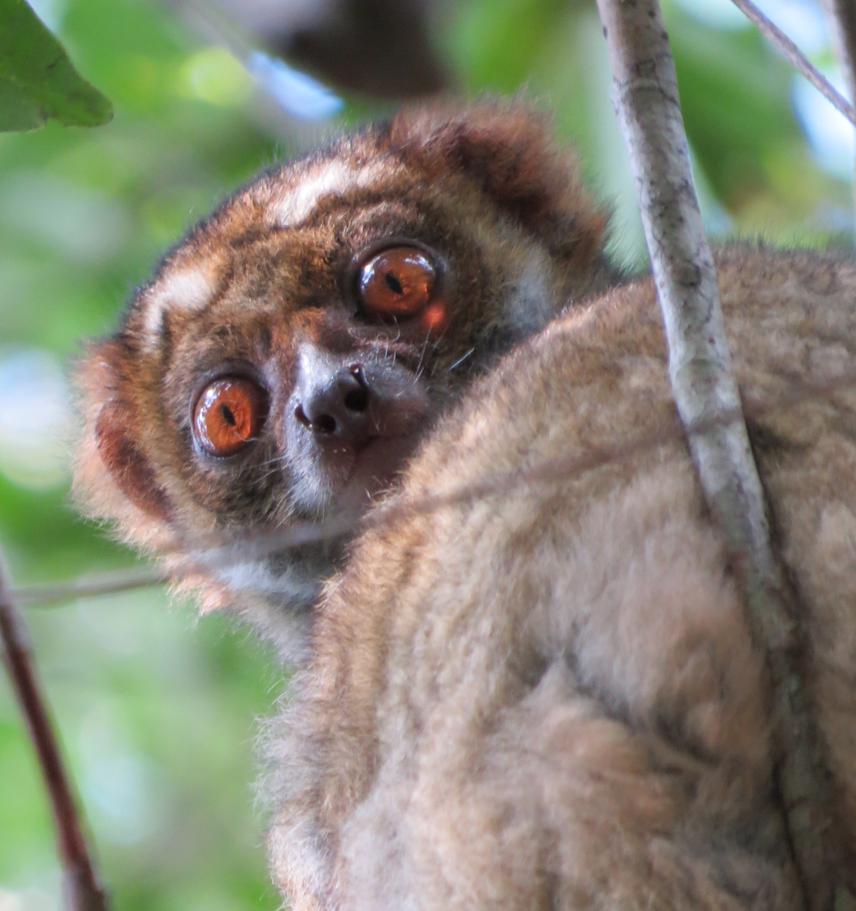Kathryn Scobie
Other projects
16 Aug 2016
The Use of Plantations and Forest Corridors by the Endangered Southern Woolly Lemur: A Strategy for their Conservation
Primary aim is to learn more about the ecology of the endangered Southern Woolly lemur, and assess the impact of deforestation on this species and on the lesser southern bamboo lemur.

he endangered southern woolly lemur (Avahi meridionalis) faces threat for its survival due to continuing decline in the area and quality of habitat within its range. This study will work with local communities to examine the habitat requirements of this relatively unknown species, as well as those of the vulnerable lesser southern bamboo lemur (Hapalemur meridionalis), in the littoral forests of southeast Madagascar.
Objectives of the project are:
(1) to study sleeping site characteristics and habitat use of A. meridionalis and H. meridionalis in forest fragments of varying degrees of degradation;
(2) to identify the relationship between habitat quality and population density of A. meridionalis and H. meridionalis;
(3) to compare how the two species cope with habitat disturbance;
(4) to identify the threat hunting and deforestation pose to A. meridionalis and H. meridionalis populations in the area.
The primary target species, the southern woolly lemur, was reclassified from data deficient (DD) to endangered (E) at the ICUN Lemur Red-listing Workshop held in July 2012. This species is the most southern of the woolly lemurs, and their range is thought to be restricted to the protected areas of Sainte Luce, Mandena and Andohahela National Park, in southeast Madagascar.
The second target species, the lesser southern bamboo lemur, is classified as vulnerable. Their precise geographic range is unclear, but they are believed to range from Andohahela north to the Mananara River, and are known to live sympatrically with A. meridionalis in Mandena.
Mandena and Sainte Luce are located in the Anosy region of southeast Madagascar. Both forests are severely fragmented and have been heavily impacted by human activity; 77.4% of the remaining surface area in Mandena has been classified as ‘heavily damaged'. Information about habitat requirements and key resources like sleeping sites are important for the design of effective conservation measures. This study will further our knowledge of two relatively unknown species and ensure that ongoing and future conservation efforts effectively target the species. In addition, this study will examine the relationship between the local community and their environment through a participatory rural appraisal.